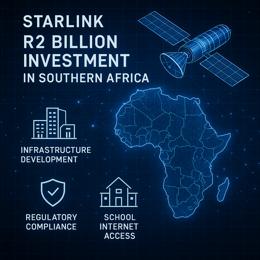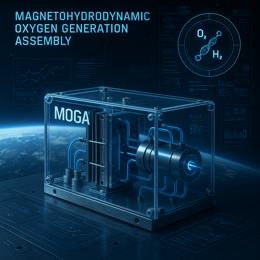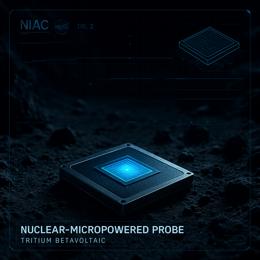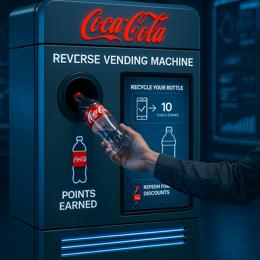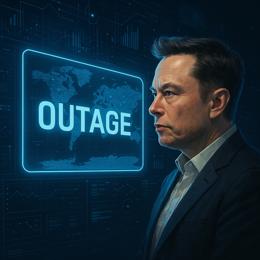Picture: for illustration purposes
Autonomous Taxi Unit, Cruise Suspended by California DMV
The General Motors autonomous vehicle division, Cruise, finds itself facing an abrupt halt in California. The California Department of Motor Vehicles (DMV) has imposed an immediate suspension on Cruise's operation of driverless vehicles underlining concerns of public safety on state roads.
This major setback comes in response to representations by company officials of a pedestrian accident deemed misleading by the DMV. While testing groundbreaking autonomous technology, Cruise now grapples with far-reaching implications from this incident that occurred in San Francisco.
In a series of unfortunate events, a pedestrian landed in front of the Cruise vehicle after being struck by another car. The robotaxi, although braking hard, collided with the person. Conflicting reports followed, citing that the vehicle continued driving for a distance of nearly 20 feet at 7 mph with the pedestrian underneath.
California DMV claims it was kept in the dark about the complete incident footage, which was only discovered from the National Highway Traffic Safety Administration. Cruise's lack of complete disclosure is flagged as a concern in their ability to evaluate the safety and readiness of autonomous vehicles for public roads.
Despite this, Cruise officials maintain their stand, asserting that the complete accident footage has been displayed to DMV officials repeatedly. The company has also expressed its commitment to improving pedestrian safety technology in its cars.
The suspension is a significant blow to Cruise, already operating across Phoenix, Austin, and eyeing additional US cities alongside Japan. Despite this, General Motors remains bullish about its autonomous capabilities, quoted anticipating a deployment with Honda Motor in Tokyo by 2026. Amid news of the suspension, GM shares dipped 2.6% to a three-year intraday low.

